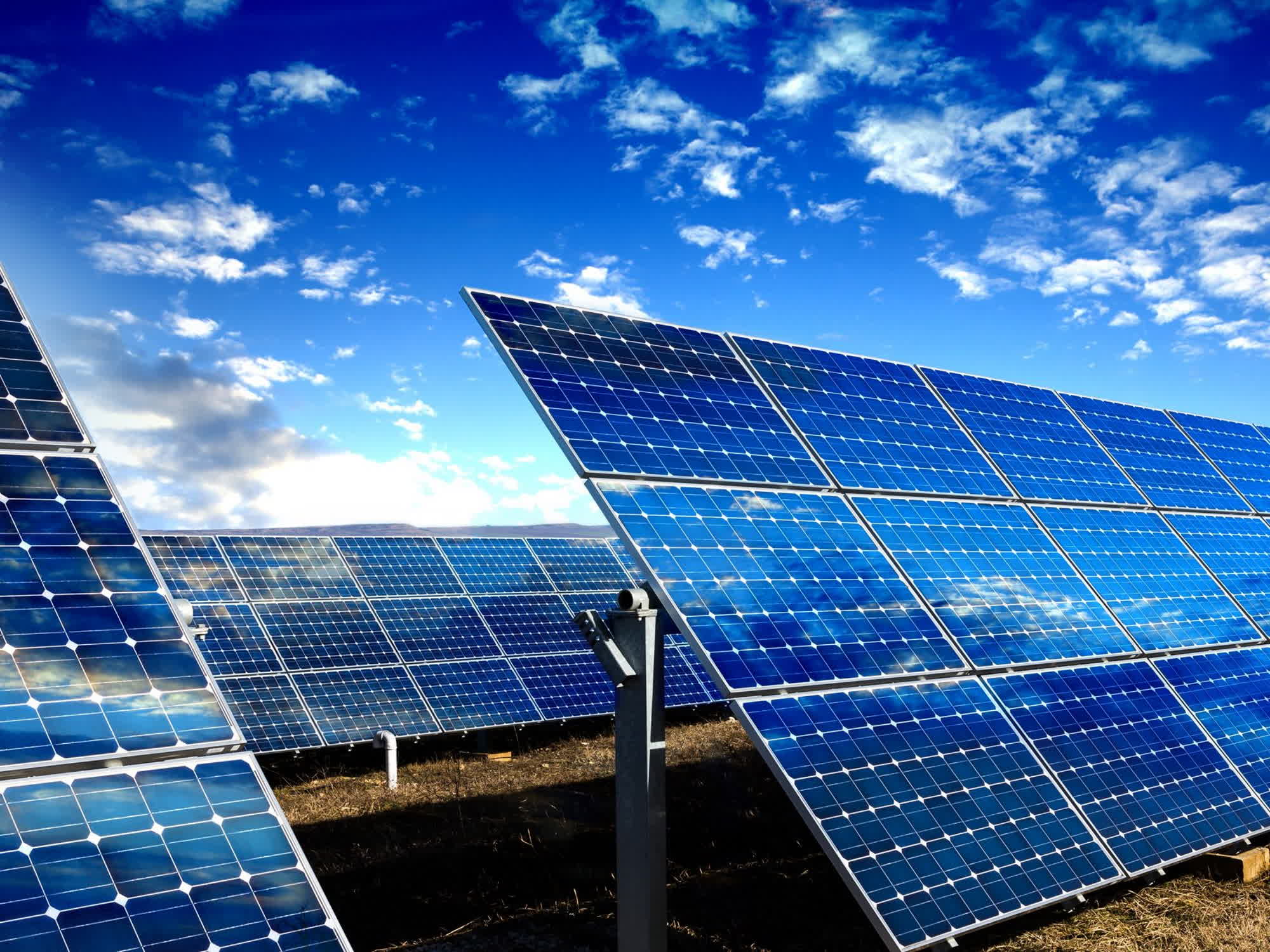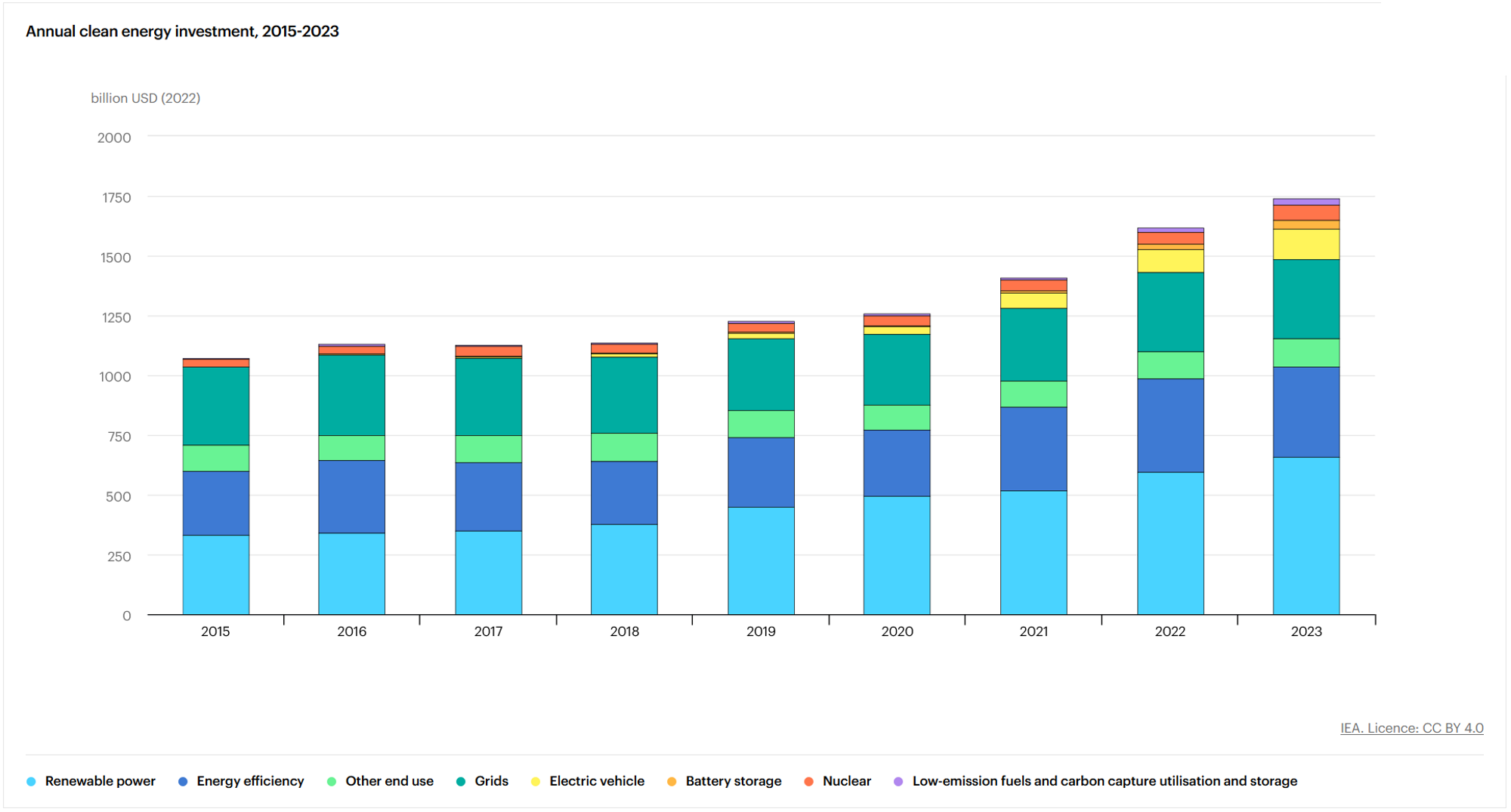In context: The renewable energy revolution is coming faster than many people believe. According to the latest report from the International Energy Agency (IEA), an important milestone for the energy transition process will be set by the end of 2023.

Global investment in clean energy production will keep growing in 2023, the IEA said, further outpacing funding in fossil fuel production. Energy projects related to solar power will overtake oil production for the first time, strengthening solar position as one of the most important technological improvements the world can employ to adopt a truly renewable energy model.
The latest prediction for the energy market is included in the 2023 edition of IEA's World Energy Investment report, which states that clean energy funding is on course to rise to $1.7 trillion by the end of the year. Investment in clean energy technologies is "significantly outpacing spending on fossil fuels," the Paris-based intergovernmental organization says, as concerns about energy affordability and security keep growing because of the state the world is in right now.
The money spent on global energy throughout the entire 2023 is set to reach about $2.8 trillion, IEA says, and more than $1.7 trillion out of that sum is expected to go to clean and renewable technologies such as electric vehicles, storage, low-emission fuels, and heat pumps. The remaining $1 trillion will keep funding coal, gas and oil, which are exacerbating the catastrophic effects of global warming.

According to IEA Executive Director Fatih Birol, the trends don't lie, and clean technology investments are pulling away from fossil fuels: clean energy is moving fast, even "faster than many people realize," and for every dollar spent on fossil fuels there's now about 1.7 dollars going into clean energy. Five years ago, Birol said, this ratio was one-to-one.
Solar power is one "shining example" of the aforementioned trend, as the technology is expected to finally overtake the amount of investment going into oil production soon. Spending on solar energy projects is expected to reach over $1 billion per day or $382 billion for the entire 2023, while oil production would still amount for $371 billion.
Solar is the true "superpower" of renewable energy generation, energy think tank Ember's Dave Jones said. Ironically, Jones remarked, some of the sunniest places on the planet still have the lowest levels of investment in solar plants and technology projects. The unrelentless clock of global warming is ticking for them too, anyway.
https://www.techspot.com/news/98840-global-funding-solar-power-outpace-oil-production-2023.html